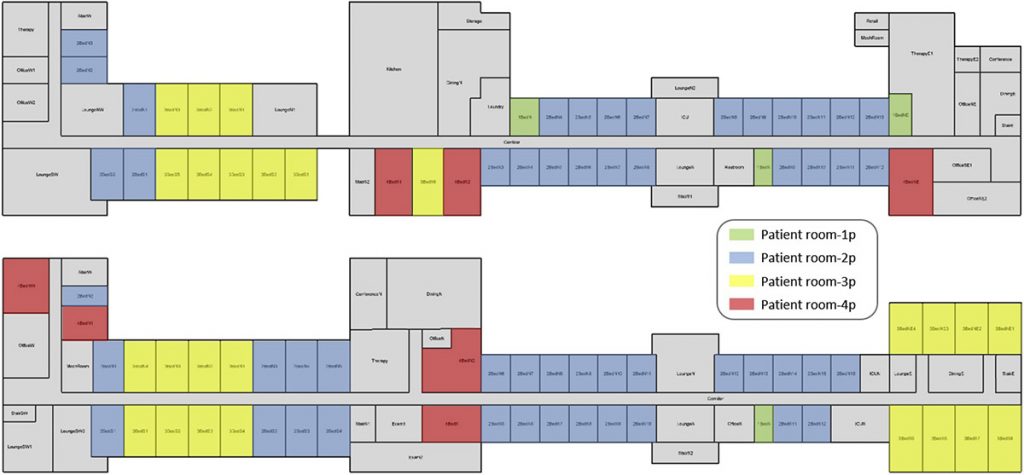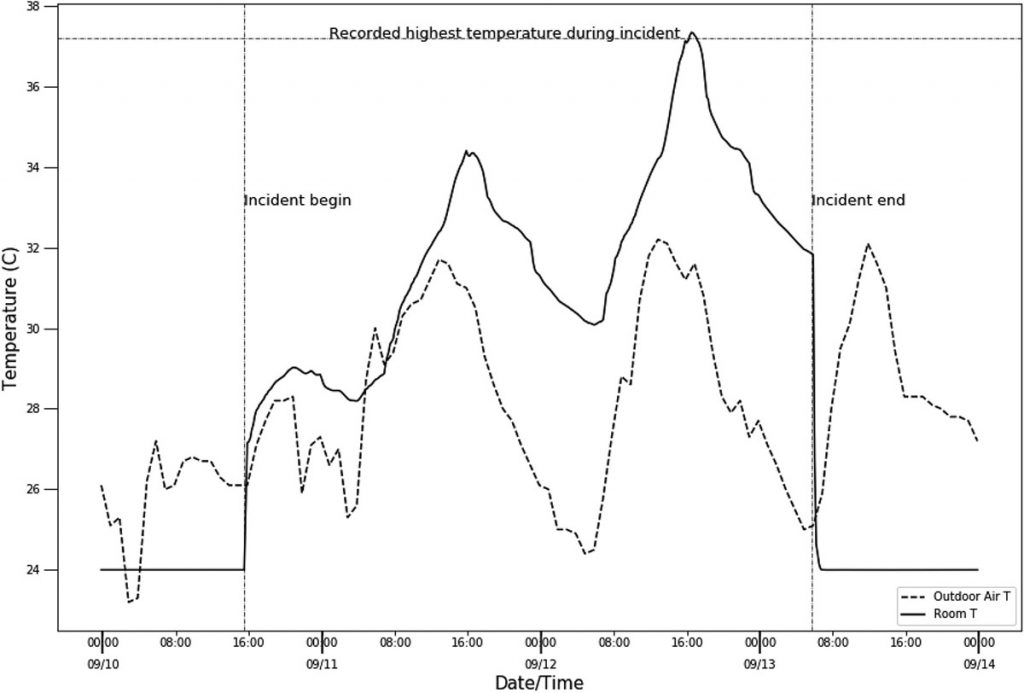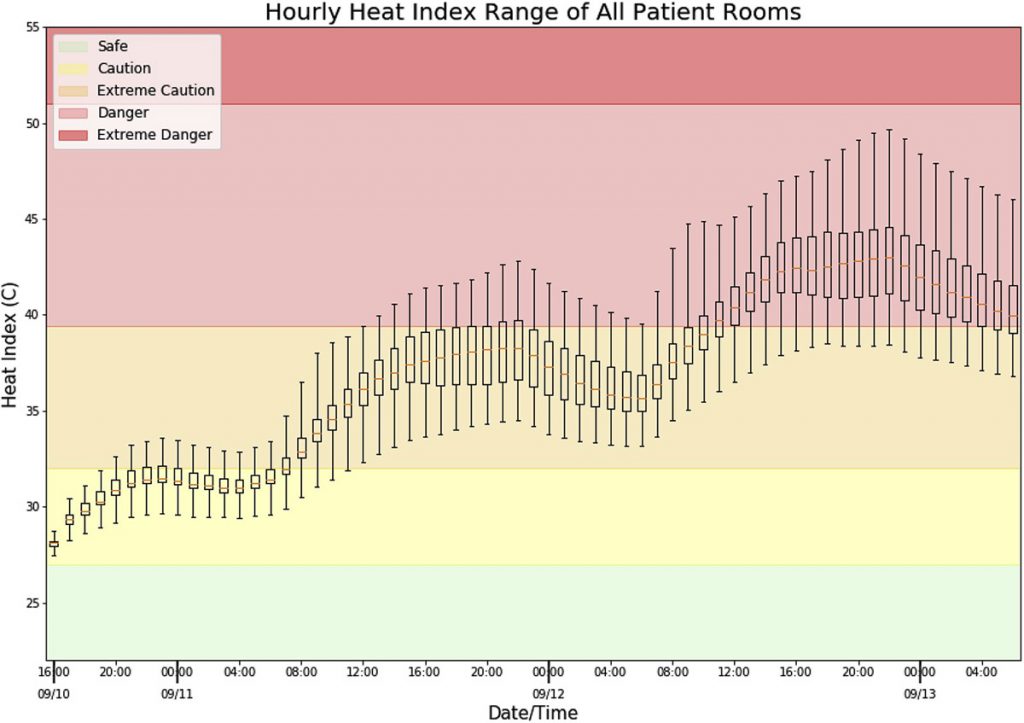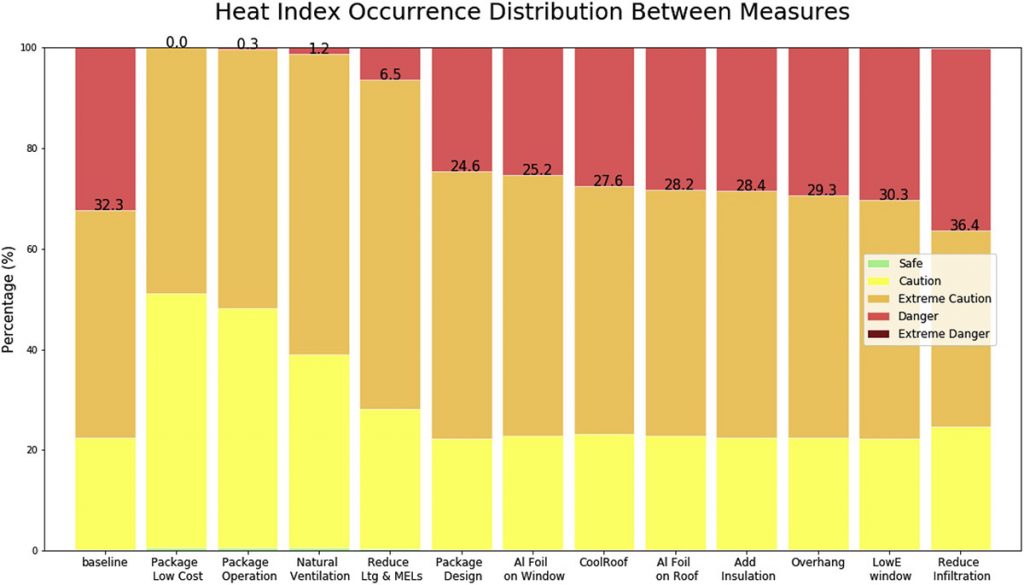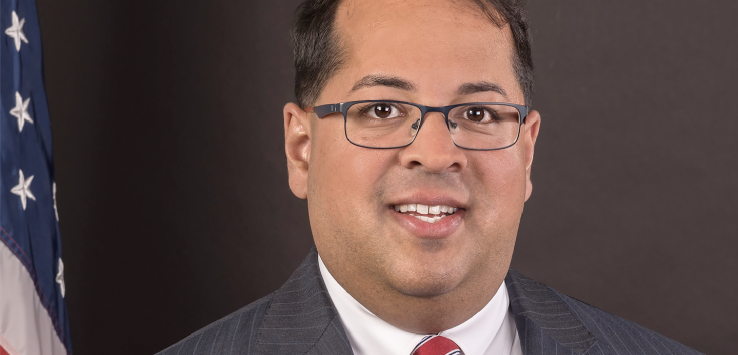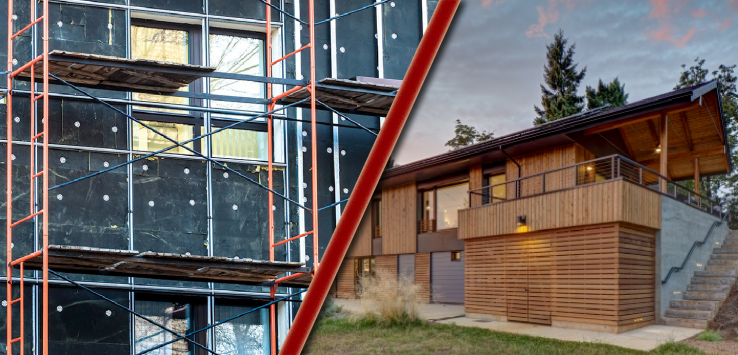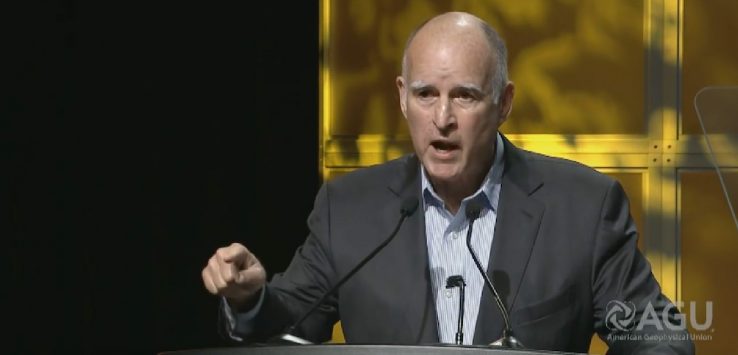It’s been almost twelve years since I visited Iceland and Paris in winter. I brought my now-ancient Nikon D40 with me, and captured images all along the way. Our flight was technically a one-stop from the U.S. to Paris, but we managed to secure a multi-day layover in Iceland. It provided a great, but limited opportunity to explore the capital of Reykjavik and the southern coast. Click on the button below to see what transpired.
I do want to share one story from the trip that didn’t make it into the photo collection. We had driven east out of Reykjavik with the goal of traversing the southern coast, then turning north at the edge of the island. We didn’t make the turn north until after the sun had set, and the instructions we had received regarding the location of a town we could spend the night were vague. We didn’t have GPS capability, and the deep December cold was settling in.
We saw an isolated house at the end of a long driveway off the main road. We pulled off, approached the home, and knocked on the door. A graying Icelandic man answered the door. Behind him, dark wood paneling and furntiure colored in deep orange and pea green was illuminated by some incadescent lamps. It looked straight out of the 1970s.
We asked the man for directions to the nearest town with lodging. He looked confused, and replied to us in Icelandic, a language we had not heard since our arrival two days earlier. We pointed at our rudimentary map and pantomimed the best we could, but the best we got from him was a gesticulation over the next hill. We thanked him the best we could and headed blindly in that direction.
The advice was good enough, because lo and behold, over that next hill was a sizable hotel, with what looked to be close to 40 rooms. There were no lights on inside and the front door was locked. Closed for the winter season, we thought.
We approached a trailer on the outskirts of the hotel property to see if we could obtain more information. We knocked, and a woman in her nightgown opened the door. She was not expecting visitors, but she did speak English. After we explained our situation, she instructed us to wait where we were, then shut the door. A few moments later she reemerged and led us towards the hotel. She produced a set of keys and opened the door for us. She flipped a couple of breakers, turning a subset of common area lights on. We could see a large, but dimly lit reception area in front of us disappearing into the darkness. To our left and right, long hallways shot off the entrance, leading 40 yards in either direction.
She instructed us that we should just pick any room that we liked, then departed. As we gained our bearings, we couldn’t help but feel like we were in The Shining. An isolated hotel at the edge of the country, surrounded by snow, completely empty…well, except for us. We decided to try out the piano, sending full, rich sounds echoing throughout the vacated premises.
The next day, I drove our stick shift vehicle back to the airport and we departed for Paris. This was my first time visiting France in any capacity, and the city blew away my expectations. I had adopted the popular image of a culturally rich city overflowing with green spaces, romantic boulevards, and people bustling about. But this was winter. And what we found instead was a cold, wet city drenched in artificial light. The photos I captured in the gallery below reflect the spirit of the place as we experienced it at the time.





